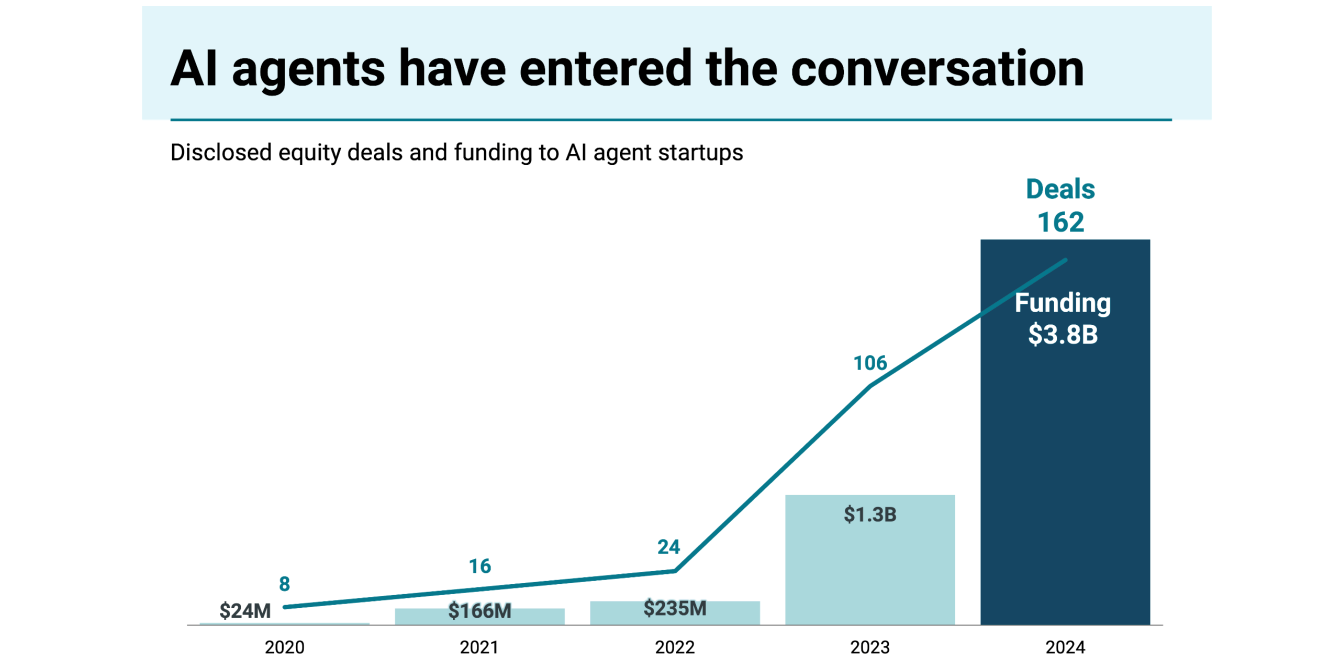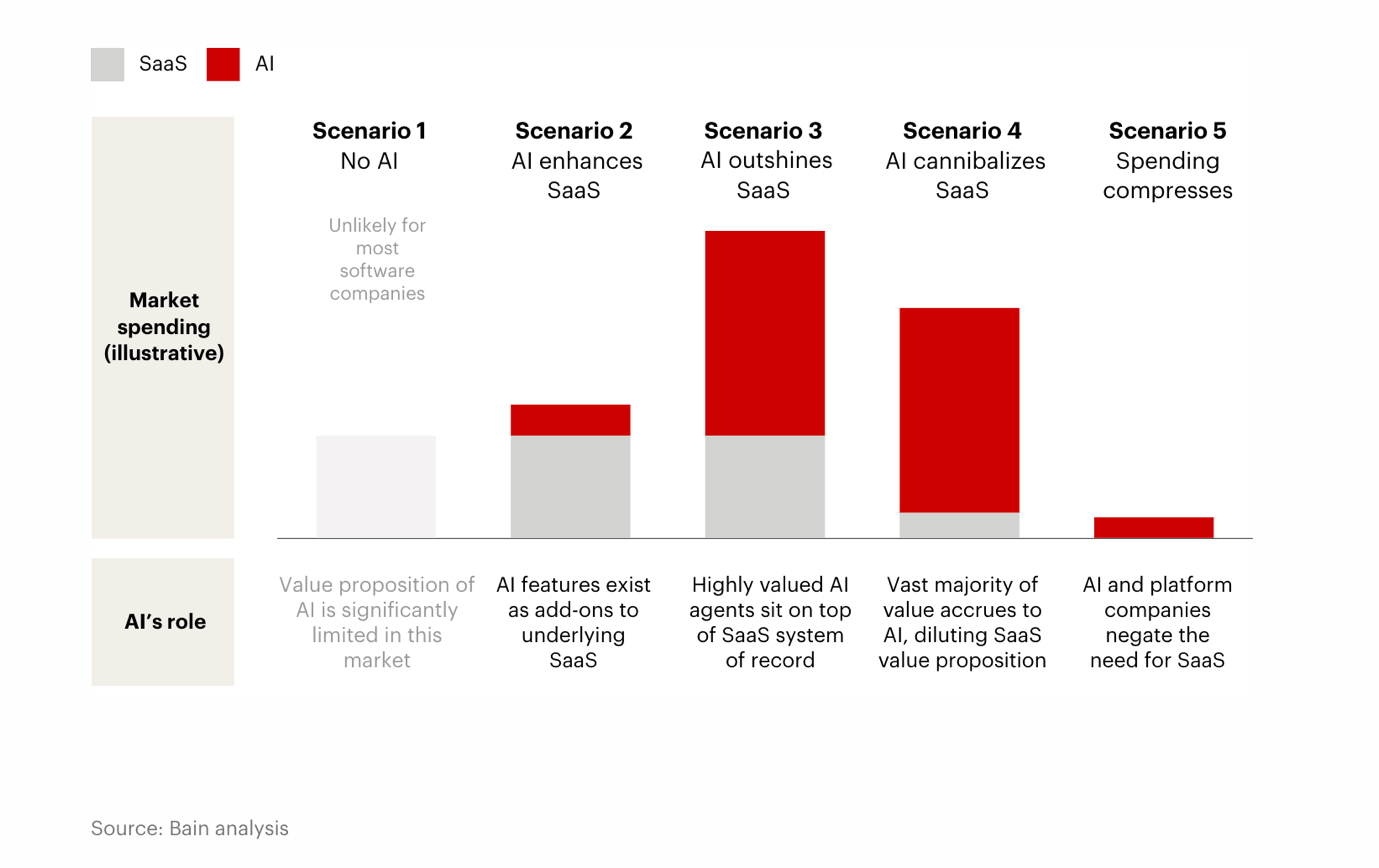How Autonomous AI Systems Are Moving Beyond Hype and Why CIOs Can’t Ignore Them

Generative artificial intelligence has nearly saturated corporate awareness, but despite numerous pilots and proofs of concept, its impact on enterprise growth and productivity has stayed modest. McKinsey calls this the “gen AI paradox,” widespread adoption without corresponding returns.
See Also: What Manufacturing Leaders Are Learning About Cloud Security – from Google’s Frontline
A 2025 Capgemini survey found that 74% of executives have at least one gen AI initiative underway but only 12% see significant business transformation.
This gap isn’t due to a lack of ambition. It results from a mismatch between what reactive, prompt-driven AI can deliver and what complex enterprise processes require. That’s where agentic AI is emerging as a solution. These systems combine large language models with planning, memory and tool execution capabilities, enabling them to take actions without constant human intervention.
In Capgemini’s latest poll, 73% of senior leaders believe AI agents will fundamentally reshape their operating models within the next three years and 61% expect them to create entirely new revenue streams. This optimism is echoed in capital markets. CB Insights found that mentions of “AI agents” on corporate earnings calls have quadrupled in the last 12 months.
In Y Combinator’s latest cohort, nearly half of the startups are building or enabling agentic technology.

To understand why technology leaders are paying attention to the emergence of agentic AI, it’s important to look back. First came chatbots. These were narrow, scripted systems that could answer frequently asked questions but could not act. Then came the copilots. These were reactive, generative tools embedded into applications to help draft, search and summarize. Agentic AI is the next leap. These are autonomous, orchestrated, goal-directed systems that can integrate with other enterprise systems, persist context across sessions and can escalate issues to humans. It’s a shift from “assistive” to “accountable” AI.
Opportunity and Market Dynamics
The stakes are high because agentic AI not only enhances efficiency but also changes the way value is created. ISG’s 2025 State of the Agentic AI Market report estimates that by 2028, 20% to 30% of all enterprise workflows could include at least one agentic component, generating trillions in new economic value across industries.
CB Insights’ trend analysis indicates that the agentic stack is taking shape, with the development of highly specialized data pipelines, secure API orchestration layers, robust evaluation frameworks and observability tools, all designed specifically for agent-based systems. But Bain & Company warns that the maturation of agentic AI will inevitably disrupt the SaaS landscape in the following four ways:
- By enhancing existing offerings as incumbents embed agents into workflows;
- Compressing costs as automation lowers the price of delivering SaaS functionality;
- Outshining established players and agent-native challengers deliver superior workflow automation;
- Cannibalizing the revenue streams of those who are too slow to adapt.

“Companies can assess how much AI and agents can realistically handle or support by examining six key factors: the level of structure and repetition in the task, potential cost of errors, dependence on nuanced context, availability and organization of data, extent of process changes or exceptions, and how closely it is connected to human workflows or specific user interfaces,” Bain & Company said.
For enterprise technology leaders, the choice often lies between platform agents from hyperscalers and leading LLM vendors, which offer scalability, security and broad integration, and vertical agents from specialist providers, which deliver deep domain expertise, use proprietary data and tailor workflows with a high degree of precision.
Capgemini indicates that enterprises with strong proprietary data are leaning toward vertical deployments for defensibility, while those without such assets prefer platform agents for faster time-to-value.
Proof in Action: When the Rubber Hits the Road
The best way to understand the promises of agentic AI is through real-world adoption, where key performance indicators, post-deployment, are moved in measurable ways:
- J.P. Morgan’s Data Analytics Visualization Insights and Decision-Making Assistant, or Ask David, is a multi-agent research tool. It integrates structured data query agents, retrieval-augmented generation-enabled unstructured data agents, analytics agents and a supervisor agent that oversees tasks and involves human validation when necessary. This setup enables faster investment insights, reduces analyst hours and increases coverage without adding staff. An example of how this multi-agent system operates is a data integration agent gathers information from various structured sources, while an unstructured data agent extracts insights from text-based materials. An analytics agent creates visualizations and actionable recommendations. By combining these functions, the system offers a comprehensive analysis and produces responses that integrate multiple data types.
- Mass General Brigham, a nonprofit integrated healthcare provider, integrated agents into its electronic health record systems, reducing physician documentation time by up to 60% and freeing more time for patient care. These agents navigate medical taxonomies, retrieve lab data and automatically draft notes for human review and approval.
- Thomson Reuters’ CoCounsel legal signals a significant advancement in AI for professionals, offering embedded, multi-step agentic workflows instead of reactive assistance. Its deep research feature demonstrates actual agentic behavior. It plans a multi-step legal research process, traces its reasoning path and generates structured, citation-backed reports grounded in Westlaw and Practical Law. Tailored for complex tasks, such as drafting deposition analysis or generating policy documents, these guided workflows integrate seamlessly with professionals’ existing environments, enhancing the explainability and auditability of AI-generated outputs. CoCounsel can reduce the time it takes to perform legal work by as much as 63% for document review, drafting and contract review.
Risks, Failures and the Path to Scale
The upside is significant, but so are the downsides. Gartner predicts that more than 40% of agentic AI projects will be cancelled by 2027. Failure modes include:
- Unclear business value: Projects launched for experimentation without compelling ROI targets.
- Underestimated running costs: Compute, API usage, integration maintenance and evaluation overhead add up quickly.
- Governance blind spots: Agent sprawl as teams spin up agents without centralized oversight.
“Most agentic AI projects remain hype-driven experiments, which can blind organizations to the real cost and complexity of scaling them,” said Anushree Verma, senior director analyst at Gartner.
CB Insights also flags reliability as a core risk. Agents chained across multiple APIs and models compound the probability of errors. Without robust evaluation frameworks, this can erode trust.
Here’s McKinsey’s playbook for avoiding these pitfalls:
- Start with “lighthouse” use cases tied to high-value workflows;
- Build modular and observable architectures;
- Establish governance early, including autonomy boundaries and escalation paths;
- Upskill teams to manage and monitor agent performance.
The Strategic Imperative
The experimentation window is shutting fast. In Capgemini’s survey, 68% of CIOs stated that they plan to move at least one agentic use case into production within 18 months. Those who lead will not just see incremental efficiency gains but will also create entirely new ways of working, with agents as persistent actors in their operating model.
Picture two enterprises in 2027:
- The agentic AI-first leader runs continuous market analysis, supply chain optimization and customer support via agents that learn, adapt and act across departments;
- The followers still rely on isolated tools and struggle with duplicated effort, fragmented oversight and a lack of competitive advantage.
For technology leaders, the question is no longer “should we explore agents?” but it is “which workflows should we agentize first, and how do we govern them for scale?”
Part 2 of this feature will address this by providing a practical blueprint for architecture, governance, vendor strategy and change management, transforming today’s promise into tomorrow’s enterprise operating model.
